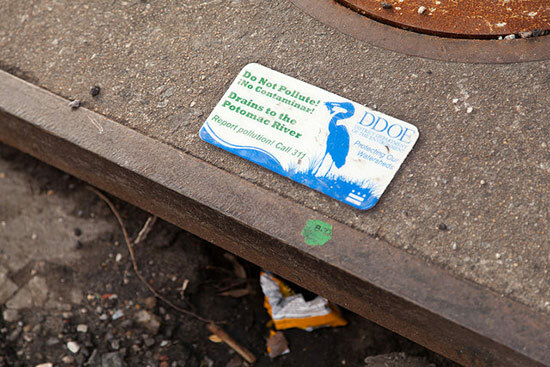Evaluation shows Bay Program partners are making progress in Chesapeake cleanup
More nitrogen cuts are needed if partners are to meet pollution-reducing goals.
According to evaluations released this week by the U.S. Environmental Protection Agency (EPA), Chesapeake Bay Program partners are collectively on track to meet the phosphorous and sediment reduction commitments outlined in the Bay’s “pollution diet,” or Total Maximum Daily Load (TMDL). Further reductions in nitrogen, however, will be needed if partners are to meet all of their upcoming pollution-reducing goals.

Every two years, federal agencies and the watershed jurisdictions—which include Delaware, the District of Columbia, Maryland, New York, Pennsylvania, Virginia and West Virginia—report on the progress made toward the pollution-reducing “milestones” outlined in their Watershed Implementation Plans (WIPs). These WIPs describe how each jurisdiction will reduce the nitrogen, phosphorous and sediment pollution entering rivers and streams, and are included as commitments in the partnership’s recently signed Chesapeake Bay Watershed Agreement. Jurisdictions have set a goal to have all essential pollution-reducing practices in place by 2025 in an effort to meet water quality standards in the watershed.
Nutrient and sediment pollution are behind some of the Bay’s biggest health problems. Excess nitrogen and phosphorous fuel the growth of harmful algae blooms, which result in low-oxygen dead zones that suffocate marine life. Suspended sediment blocks sunlight from reaching underwater plants and suffocates shellfish. But “best management practices” (or BMPs) like upgraded wastewater treatment technologies, improved manure management and enhanced stormwater management can help towns, cities and states lower the amount of pollution flowing into local waters.
The EPA will continue to oversee the watershed jurisdictions’ pollution-reducing efforts, and will offer further attention to some pollution sectors—including wastewater in Delaware and New York; agricultural runoff in Delaware, Pennsylvania and West Virginia; and urban and suburban runoff in Pennsylvania, Virginia and West Virginia—to ensure partners remain on track to meet their 2017 targets.

Comments
There are no comments.
Thank you!
Your comment has been received. Before it can be published, the comment will be reviewed by our team to ensure it adheres with our rules of engagement.
Back to recent stories